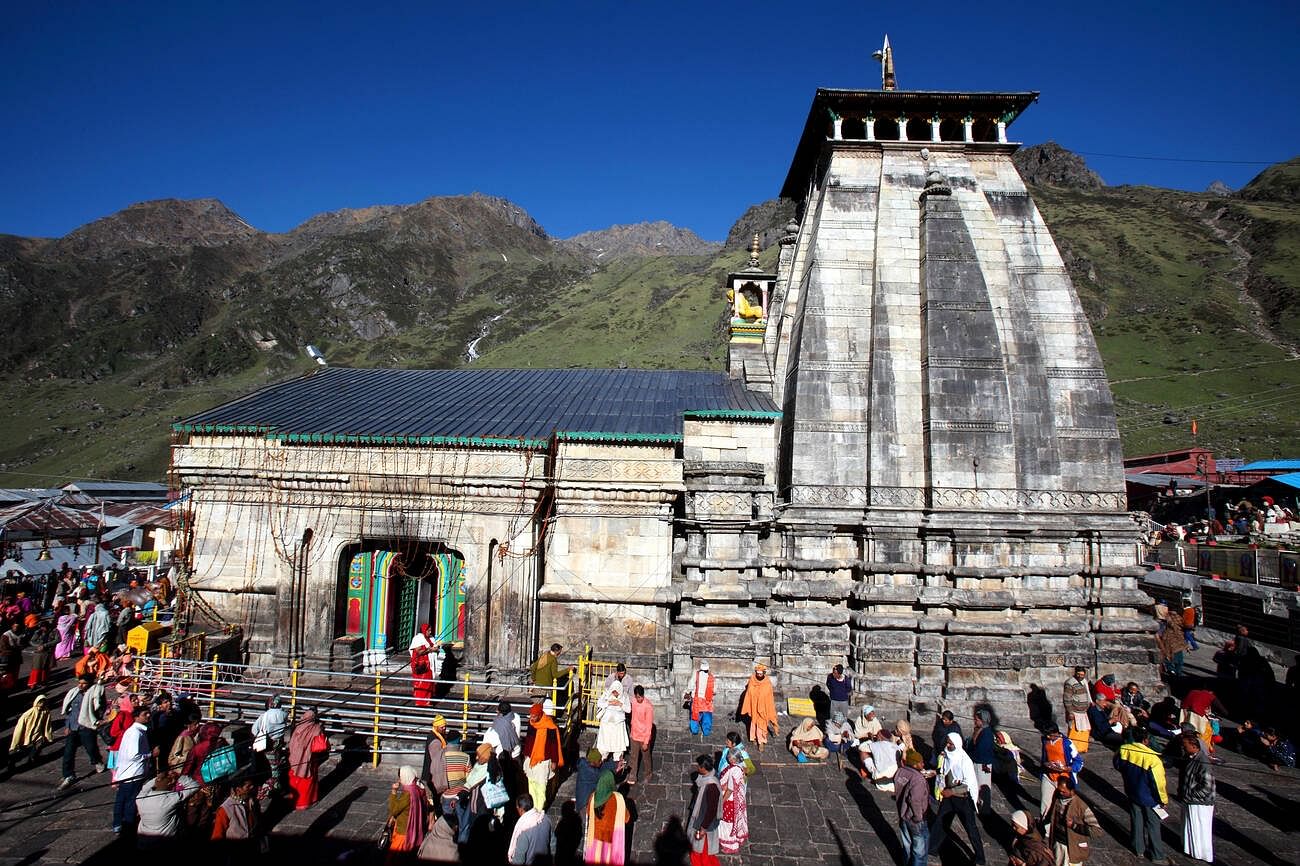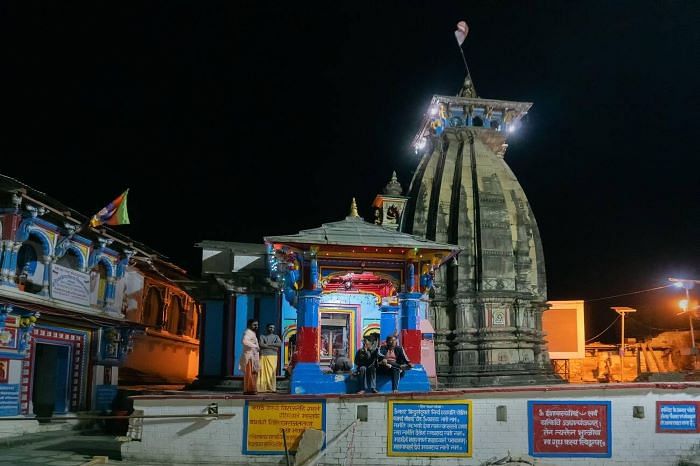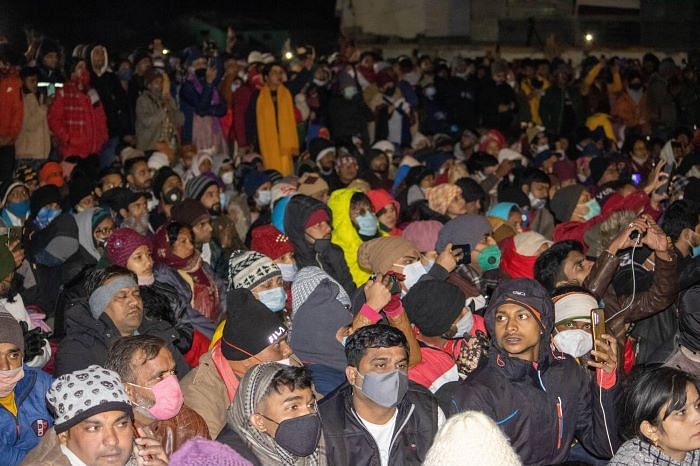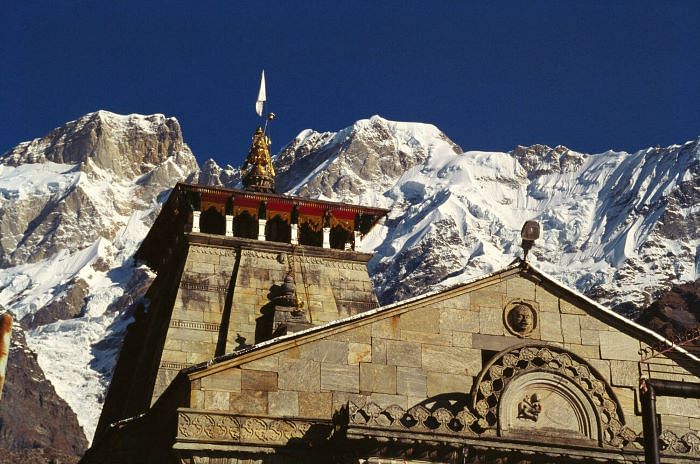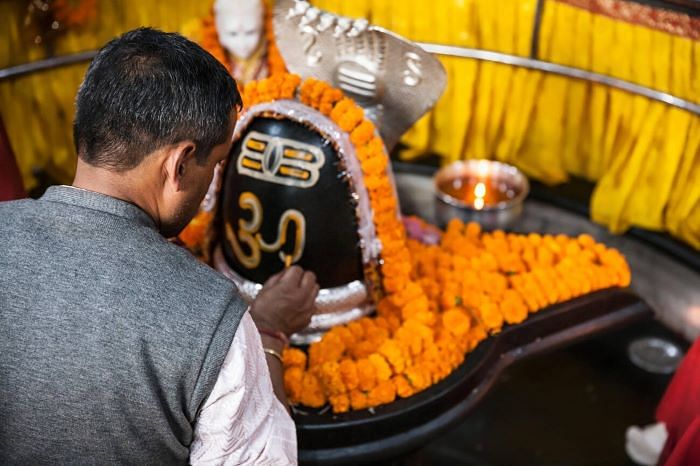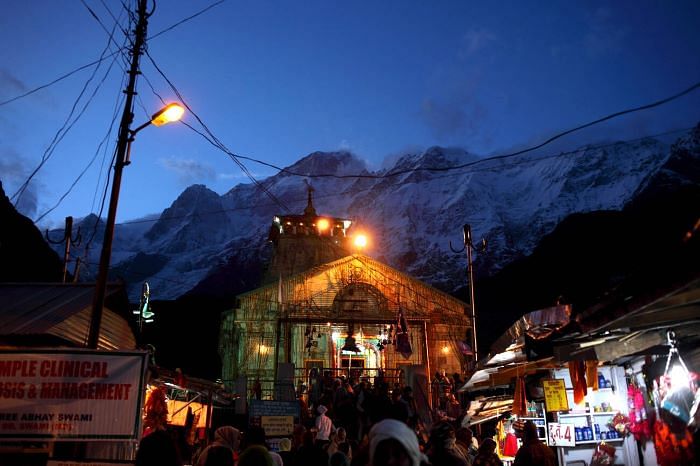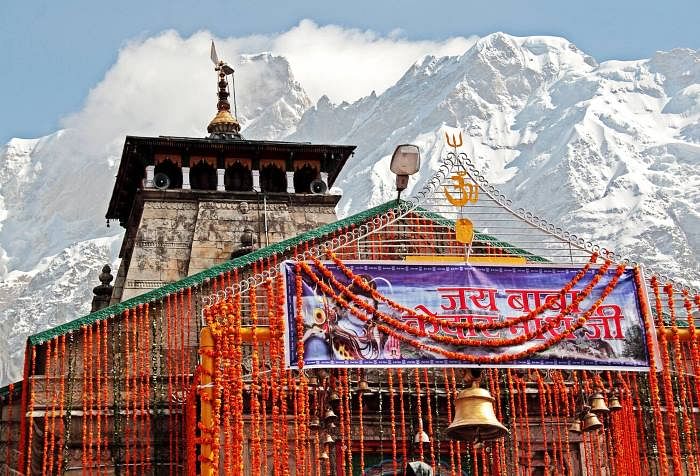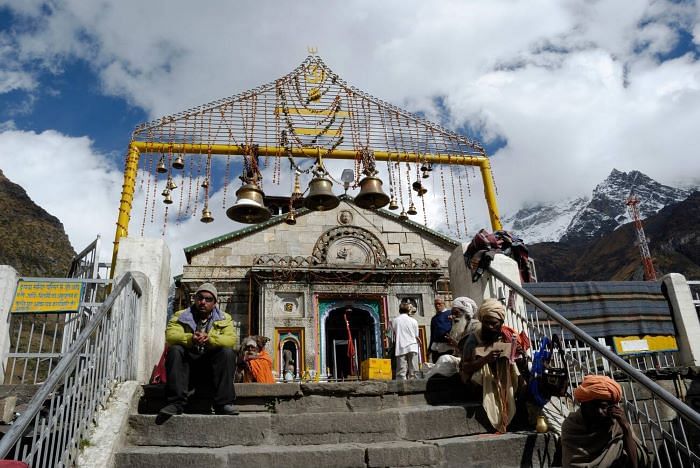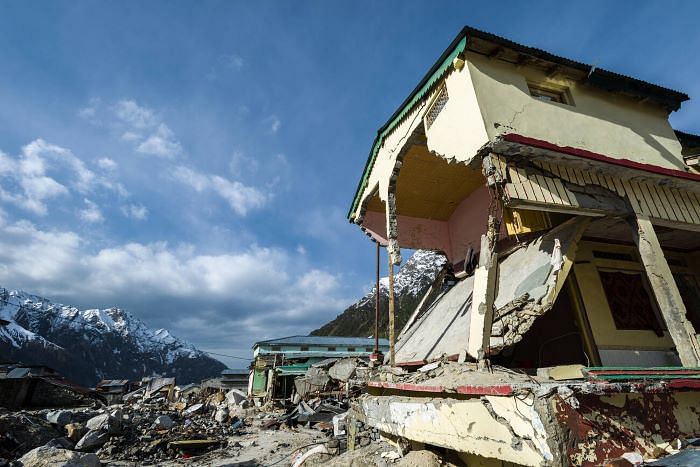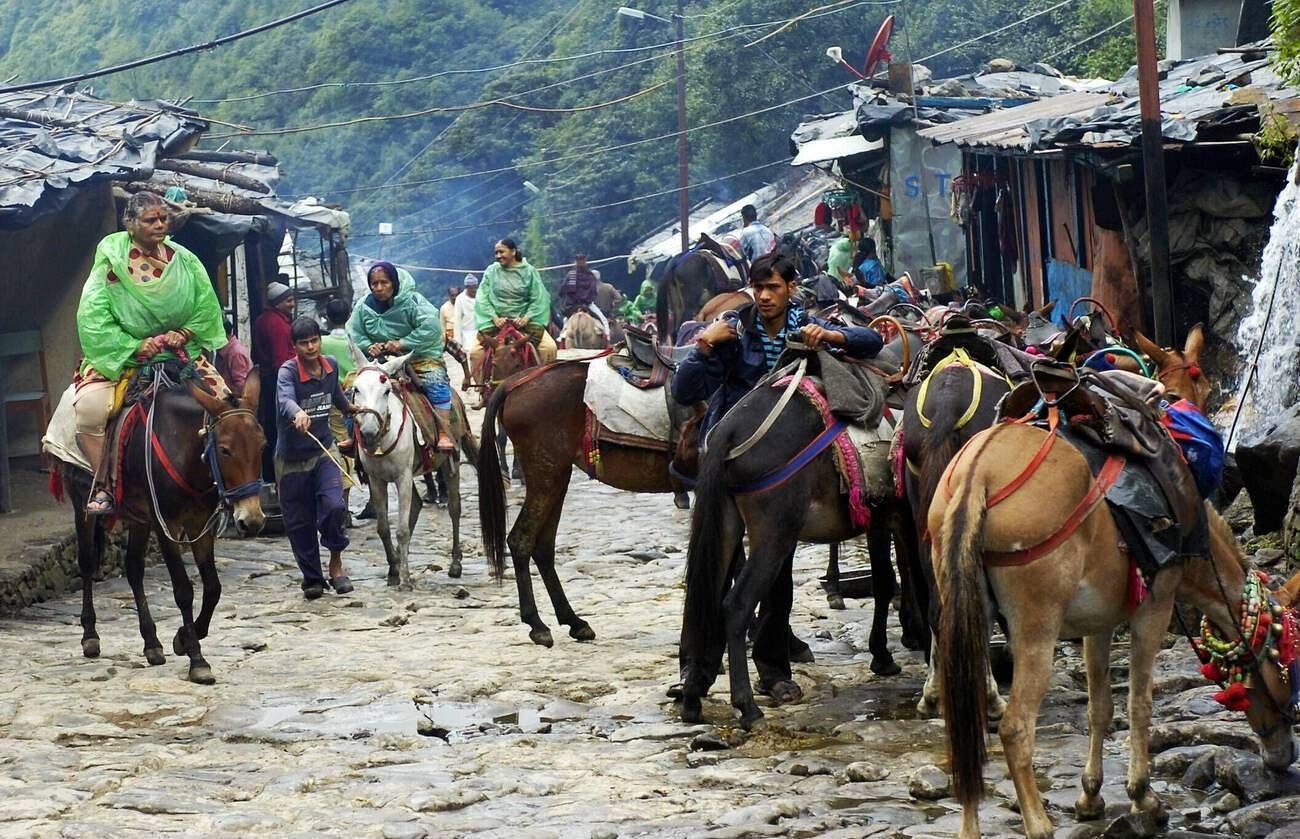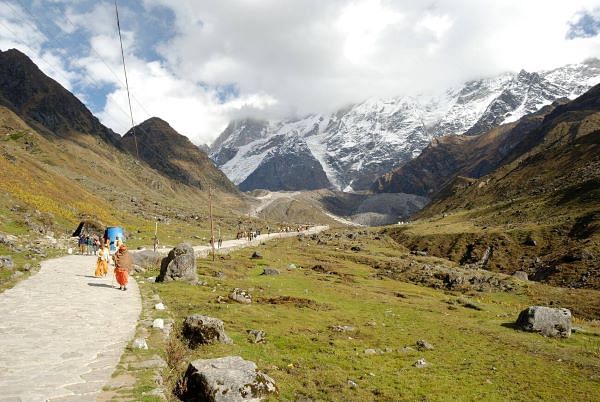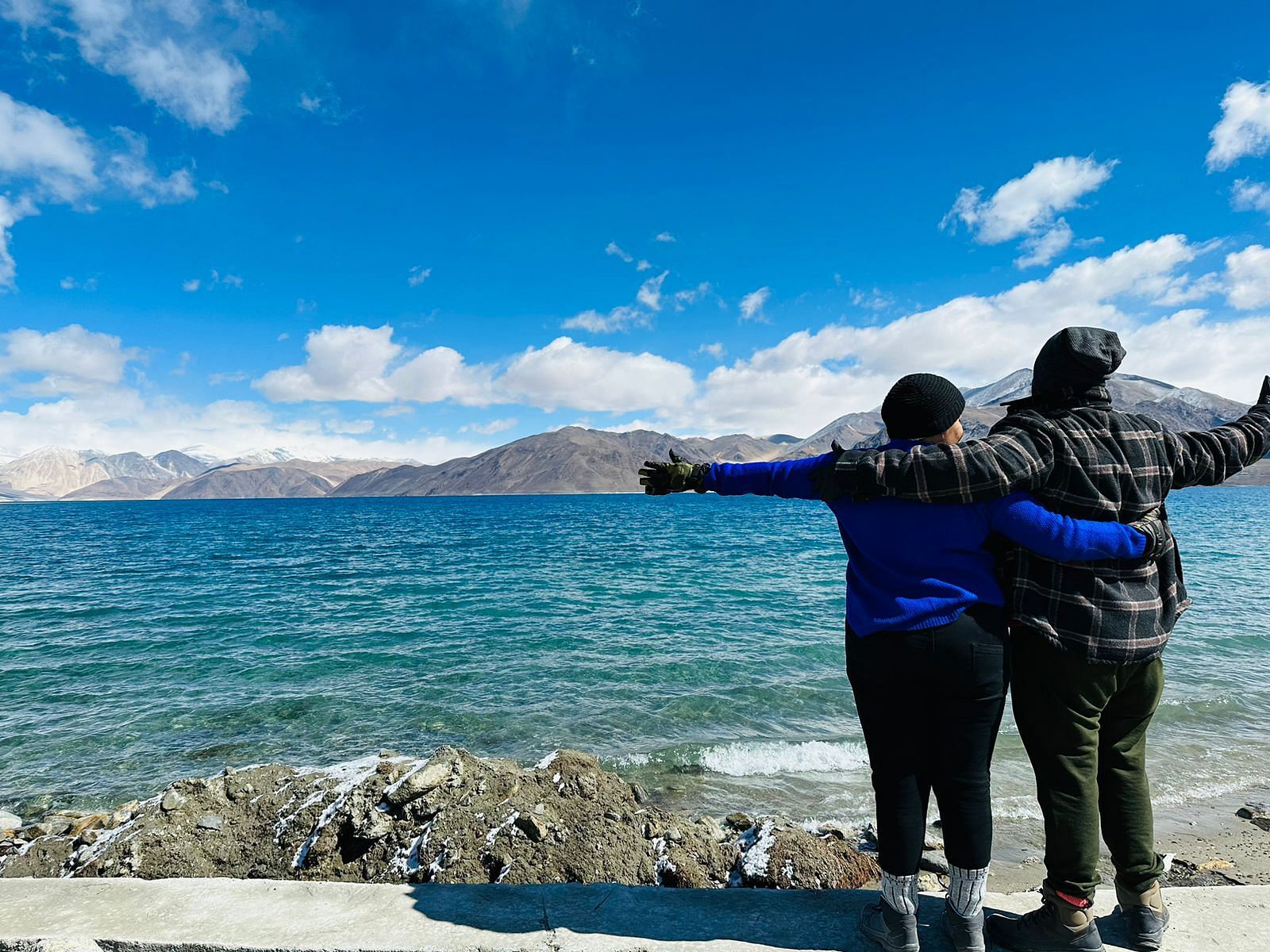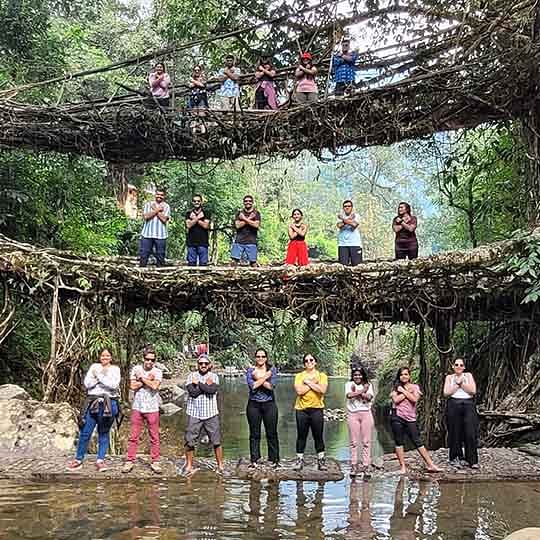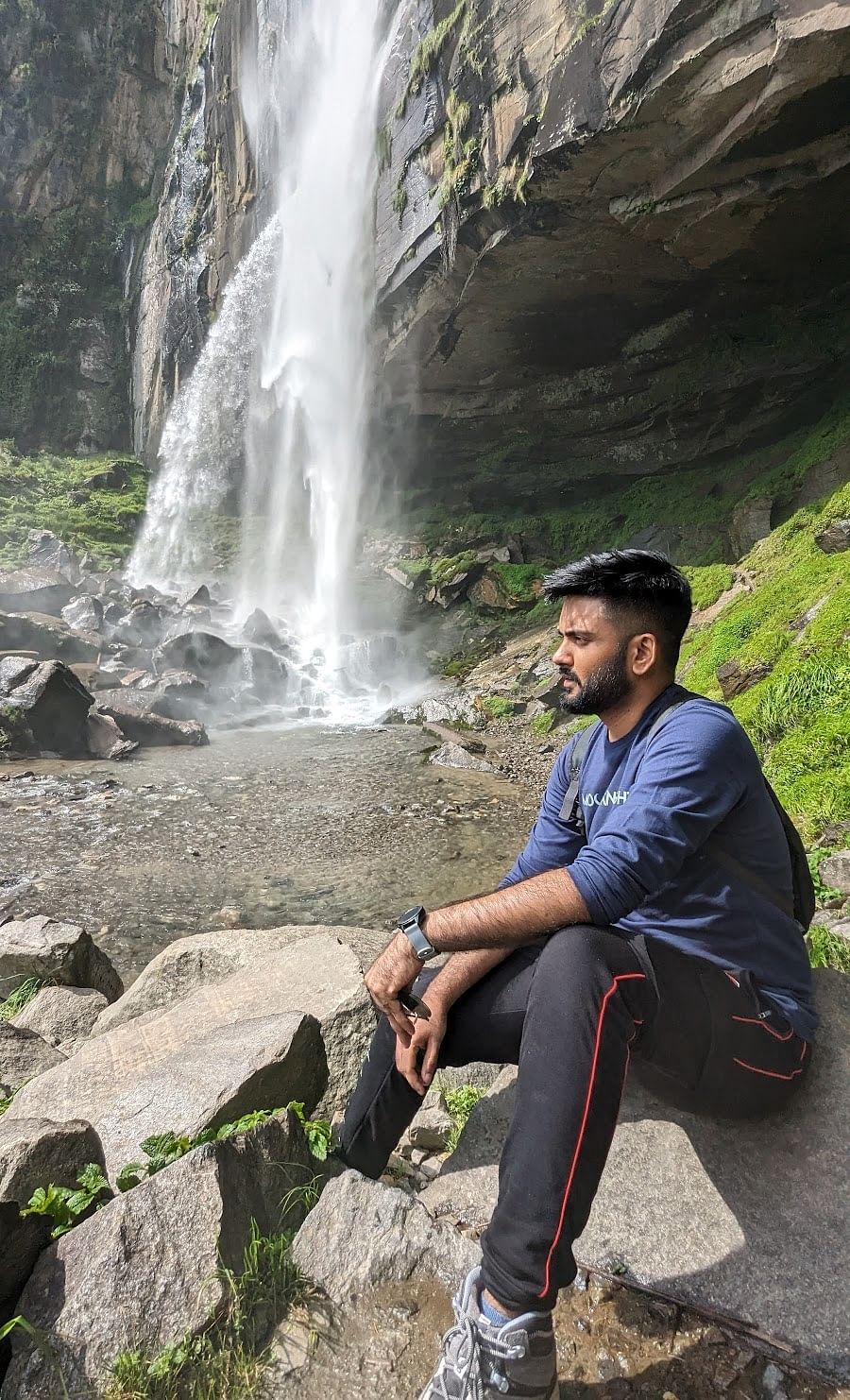Embedded in the majestic Himalayas, Kedarnath Dham is one of the most revered pilgrimage sites for Hindus.It is a dream of many Hindus to get a chance to visit Kedarnath Temple at least once in their lifetime.
This sacred destination not only holds immense religious significance but also boasts a rich tapestry of history, mythology, and legends.
In this comprehensive blog, we will delve into the history of Kedarnath Dham, explore the fascinating tales surrounding it, and understand the spiritual allure of this ancient temple and also provide details about various
History Of Kedarnath Dham
The history of Kedarnath Dham dates back to ancient times, with its origins shrouded in the mists of antiquity. It is believed that the site has been a place of worship for thousands of years, long before the temple was built.According to historical records, the temple was established by the Pandavas, the heroes of the epic Mahabharata, as a tribute to Lord Shiva.
The Pandavas sought to atone for their sins after the great Kurukshetra war.
2. Establishment Of The Temple
The history of Kedarnath Temple itself is a fascinating journey through time. It is widely believed that the original structure was built by the Pandavas, while the current stone edifice was constructed by Adi Shankaracharya in the 8th century CE.Adi Shankaracharya, a revered philosopher and theologian, played a pivotal role in reviving Hinduism and establishing the four cardinal peeths (mathas).
His contribution to the Kedarnath Dham History is immense, as he renovated and consecrated the temple, ensuring its enduring legacy.
During the medieval period, the temple continued to attract pilgrims and devotees from all corners of the Indian subcontinent. The history of Kedarnath Dham during this era is marked by the patronage of various kings and rulers who contributed to its upkeep and expansion.
Despite the challenges posed by the harsh Himalayan climate and the occasional invasions, the temple remained a beacon of faith and spirituality.
Mythology And Legends Of Kedarnath Dham
4. Kedarnath Shivling Story
The Kedarnath Shivling story is one of the most captivating aspects of the temple’s mythology. According to legend, the Pandavas sought Lord Shiva’s blessings to absolve themselves of the sins committed during the Mahabharata war. Lord Shiva, however, was reluctant to forgive them and took the form of a bull to evade them.
In their quest, the Pandavas pursued Shiva, who eventually disappeared into the ground, leaving behind a hump-shaped stone.
This stone, known as the Kedarnath Shivling, is the principal deity worshipped in the temple today.
5. The Story Behind Kedarnath Temple
The story behind Kedarnath Temple is deeply intertwined with the legend of the Pandavas and Lord Shiva. The temple’s location is believed to be the place where the Pandavas finally received Shiva’s forgiveness.Another legend suggests that the temple was built by Janmejaya, the great-grandson of the Pandavas, to honour Lord Shiva.
This mythological connection enhances the temple’s significance and draws pilgrims seeking spiritual solace.
6. Who Built Kedarnath Temple?
The question of who built Kedarnath Temple has intrigued historians and devotees alike. While the initial structure is attributed to the Pandavas, the current temple is credited to Adi Shankaracharya.Adi Shankaracharya’s efforts in establishing and consecrating the temple have left an indelible mark on its history, making it a revered site for followers of his teachings.
Spiritual Significance And Pilgrimage
7. Kedarnath Dham As A Jyotirlinga
Kedarnath Dham is one of the twelve Jyotirlingas, which are considered to be the most sacred abodes of Lord Shiva. The history of Kedarnath Dham as a Jyotirlinga adds to its spiritual importance, attracting millions of devotees each year.The Jyotirlingas are believed to be self-manifested, and the one at Kedarnath is revered for its unique shape and divine energy.
Kedarnath Dham is an integral part of the Char Dham Yatra, a pilgrimage circuit that includes Yamunotri, Gangotri, Kedarnath, and Badrinath. This pilgrimage is undertaken by devout Hindus seeking to attain moksha (liberation).The history of Kedarnath Dham is closely linked with the Char Dham tradition, making it a must-visit destination for pilgrims embarking on this sacred journey.
Architectural Marvel Of Kedarnath Temple
The Kedarnath Dham History is reflected in its stunning architecture. The temple is built in a traditional North Indian style, characterised by a large quadrangle with a central tower rising above the sanctum.Constructed using massive stone slabs, the temple has withstood the test of time and the harsh Himalayan weather, showcasing the engineering prowess of ancient India.
The temple walls are adorned with intricate carvings depicting various deities and mythological scenes. These carvings are a testament to the artistic skills of the craftsmen who contributed to the history of Kedarnath Dham.
The detailed sculptures and motifs enhance the temple’s aesthetic appeal and provide a glimpse into the rich cultural heritage of the region.
Natural Beauty And Surroundings
The history of Kedarnath Dham is not only enriched by its spiritual and architectural significance but also by its breathtaking natural surroundings. Nestled amidst the snow-capped peaks of the Garhwal Himalayas, the temple offers a serene and picturesque setting.
The journey to Kedarnath involves traversing through lush valleys, dense forests, and gushing rivers, making it a visually captivating experience.
The temple is situated near the banks of the Mandakini River, which adds to the tranquil ambiance of the area. The river’s pristine waters and the surrounding landscapes enhance the spiritual aura of Kedarnath.
Pilgrims often take a dip in the holy river before offering their prayers at the temple, believing it to purify their souls and bring them closer to divinity.
Festivals And Celebrations
13. Kedarnath Temple Festivals
The history of Kedarnath Temple is marked by various festivals and celebrations that draw devotees from far and wide. One of the most significant festivals is the Kedarnath Maha Shivaratri, celebrated with great fervour and devotion.
During this festival, the temple is adorned with flowers and lights, and special rituals and prayers are conducted to honour Lord Shiva.
The vibrant celebrations reflect the deep-rooted cultural and religious traditions associated with the temple.
14. Closing And Opening Ceremonies
Given its high-altitude location, the Kedarnath Temple remains closed during the winter months due to heavy snowfall. The closing ceremony, known as Kapat, is a significant event in the history of Kedarnath Dham.The temple reopens in late April or early May with an elaborate ceremony that involves the transfer of the deity from Ukhimath to Kedarnath. This event marks the beginning of the pilgrimage season and is eagerly awaited by devotees.
Challenges And Resilience
One of the most challenging periods in the history of Kedarnath Dham was the devastating flash floods of 2013. The natural disaster caused significant damage to the temple and the surrounding areas, resulting in loss of life and property.
Despite the destruction, the resilience of the temple and the determination of the authorities and devotees led to its restoration and reopening.
This episode highlights the enduring spirit of faith and devotion associated with Kedarnath.
16. Reconstruction Efforts
In the aftermath of the 2013 floods, extensive reconstruction efforts were undertaken to restore the temple and the pilgrimage infrastructure. The Indian government, along with various organisations and volunteers, played a crucial role in rebuilding the area.
The successful restoration of Kedarnath stands as a testament to human resilience and the unwavering devotion of the pilgrims who continue to visit this sacred site.
The pilgrimage to Kedarnath is an arduous yet spiritually rewarding journey. Pilgrims usually start from Gaurikund, which is the base camp for the trek to the temple. The trek covers a distance of approximately 16 kilometres, passing through scenic landscapes and challenging terrains.
The journey is marked by the presence of various rest stops, food stalls, and shelters, providing essential services to the pilgrims. The trek itself is a test of endurance and faith, culminating in the divine experience of visiting the Kedarnath Temple.
Over the years, efforts have been made to improve the facilities and amenities for pilgrims visiting Kedarnath. Modern infrastructure, including better pathways, medical facilities, and accommodations, has been developed to ensure a comfortable and safe pilgrimage experience.Helicopter services are also available for those who are unable to undertake the trek, making the temple accessible to a wider range of devotees.
19. Location And Geography
Situated at an altitude of 3,583 metres above sea level, Kedarnath Dham is surrounded by snow-capped peaks and the Mandakini River.The journey to Kedarnath involves a trek of approximately 16 kilometres from Gaurikund, making it a challenging yet spiritually rewarding pilgrimage.
The awe-inspiring beauty of the region, with its lush green valleys and towering mountains, adds to the spiritual experience.The serene environment and the breathtaking landscape make Kedarnath a paradise for nature lovers and trekkers.




